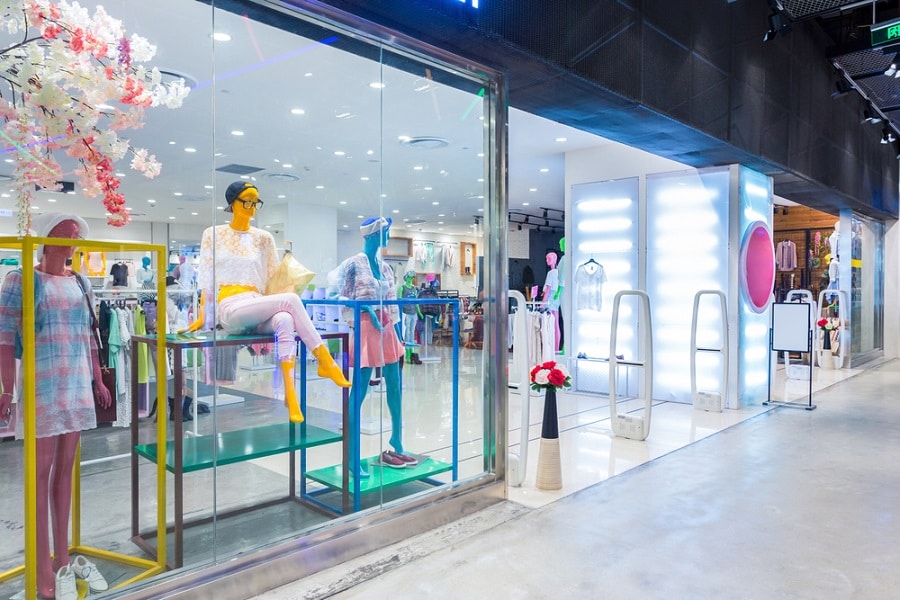What is Visual Merchandising and Why is it Important in a Digital Economy?
Some might say that online shopping is the future, and they might even be right, but as of right now, physical shopping still very much has a place in society. There are millions of people who still prefer to go out and try clothes on, feel goods in their hands before they buy them, and speak to salespeople about the best purchasing option for them.
This means, despite the economy going digital as the internet slowly begins to automate most areas of our lives, it’s not time to stop investing in visual merchandising just yet if you have a physical business premises – particularly a retail one.
Most old-school retailers will know what visual merchandising is, but if you’re new to retail, or if you’re wondering if the internet has changed the need for such a thing, keep reading as we explain exactly what it is and why it’s still so important.
What is visual merchandising?
In short, visual merchandising is a sales tactic used by retailers to market products and stock. It’s generally used to draw attention to a specific item or collection, helping it to stand out to customers and boost awareness and/or sales.
You likely don’t notice it, but a lot of visual merchandising is psychological, meaning retailers take advantage of well-known hacks designed to trick you into buying a product or investing money into a service. It’s comparable to how online designers employ user experience tactics to make websites more navigational and easy to use, prompting sales in the process.
Is it important?
Yes, visual merchandising is incredibly important. It’s what helps your brand to stand out from the crowd. People love to window shop, but more than that, they can be convinced to enter your store and buy into your brand if they like what they see. Signage is incredibly important, but so are color schemes, layouts, and collection choices. In an increasingly hostile high street environment, making your store stand out from the rest is hugely important, and that’s where visual merchandising can help.
Types of visual merchandising
There are many different types of visual merchandising you can employ depending on your needs and industry. Not all of them will work for everyone, but it’s a good idea to try at least one or two of them if you want to encourage sales.
Window displays
The most common type of visual merchandising that every shop needs to take advantage of is window displays. Your shop window is essentially an insight into what’s inside, with the goal of tempting people to come in and explore. Many retailers create themed displays around the seasons and holidays, for example autumn, summer, Mother’s Day, and Christmas.
If done correctly, windows will entice people into your store – helping to increase foot traffic, raise brand awareness, and increase sales.
POS areas
POS areas are ideal in larger retail areas like department stores and the like. This is because they can be used to easily separate different areas of the shop and highlight different concessions within the store. On top of this, they can help to make it easier for customers to know where to go to pay or where to find certain items. This is ideal when you want to create a specific customer journey that is lined with other clever retail tips and tricks, such as promotions and sales.
POS areas can also carry on from window displays, keeping customers intrigued and interested as they walk through your store.
Summary
Visual merchandising is incredibly important and doesn’t conform to the minimalist trend of the digital economy, so make sure you’re taking advantage of this age-old retail trick to complement your overall brand.

























